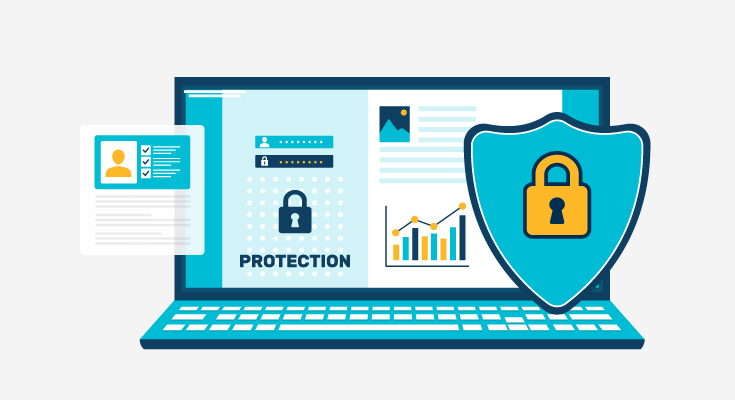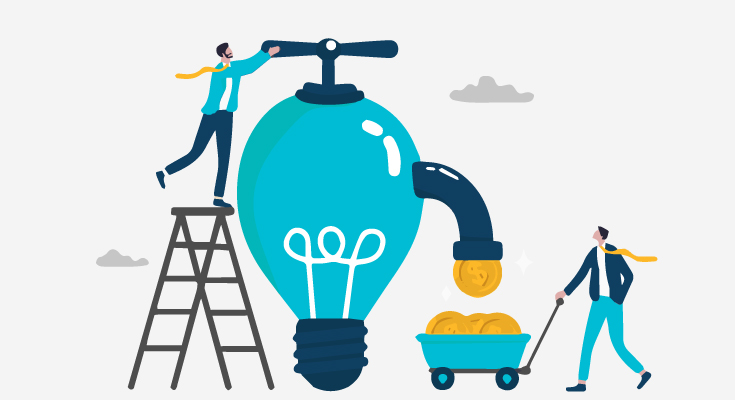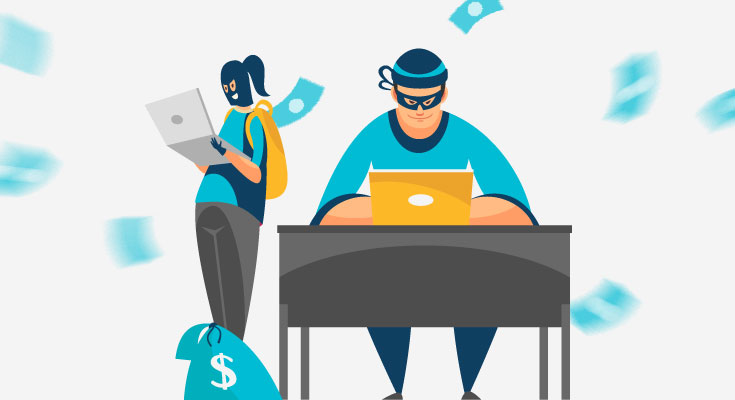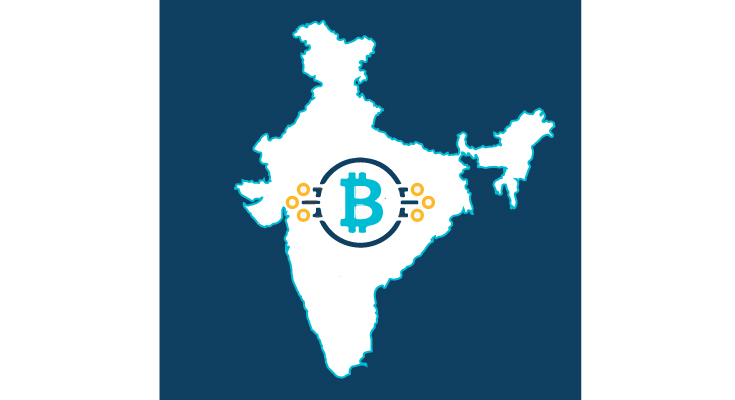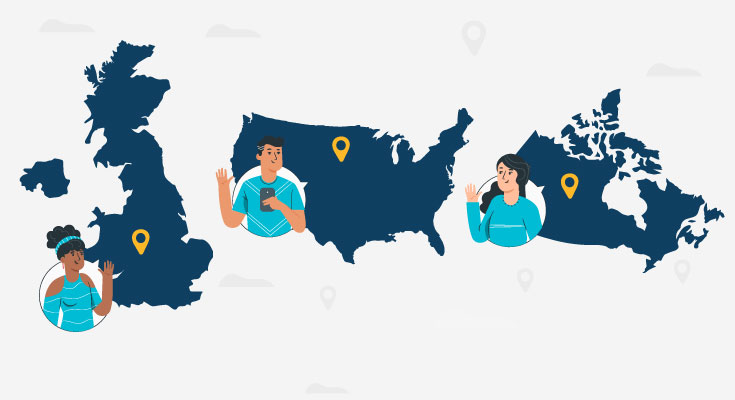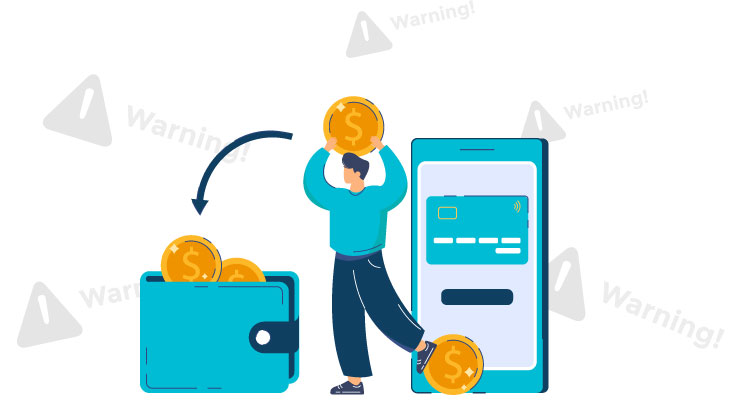Showing any kind of proof of identity is vital to complete any kind of legal formality or verification process. No matter what industry a customer is trying to become a part of, be it banking, insurance, healthcare, technology, travel, education, or any other online service, the customer is asked and obligated to present an Identity proof to verify a customer is who they say they are. Verifying customer identities can reduce the risk of identity theft.
Verifying identities may sound great, but as a business, you’ll have to spend money, time, and HR to put secure document verification solutions in place. Extra tough verification process reduces the overall customer experience. While most customers don’t like the extra tough verification process, not having a verification process reduces the trust in the brand and can cause businesses to lose more customers during the onboarding process.
To find the balance between these situations, AI-based digital document verification solutions are viable, effective, and hassle-proof. Here’s why digital identity verification solutions are important and how it helps financial institutions prevent risks?
What’s the Need for Verifying Customer Documents?
Before we go deeper into how digital identity verification works, it’s important to understand why businesses need to verify documents at all be it using technology or human methods. Online document verification serves two key purposes, it prevents risks like financial fraud and identity theft, secondly, online document verification helps in industry-wide legal compliance.
According to studies, the total loss incurred due to identity fraud in 2020 was about $16.9 billion. The damages that result from theft of identities don’t just revolve around money, it also involves sexual, racial, and gender-related comments on social media which can cause a lot of issues.
The covid-19 global pandemic has increased the overall online transactions and digital banking, it also improves the number of digital fraud and identity theft cases which will eventually cause more damage than benefit. To reduce this type of fraud, banks and financial institutions are spending a lot of money on AI-based identity verification technologies.
Difference Between Modern and Traditional Document Verification
Traditional methods of document verification were hectic, and inefficient and it makes a lot of challenges for customers. Before the digital revolution in the banking sector, customers used to visit the brick and mortar branches to get the documents verified for account opening and loan applications. Traditional document verification used to take weeks at the same time. Plus, the results used to be extremely inefficient. Fraudsters make counterfeit documents that are indistinguishable from real documents.
However, conventional ways of authenticating ID documents fail to deliver results that are 100% efficient. There is always a probability of having mistakes in their results. That is why conventional document verification isn’t the best idea while fighting fraud.
To combat the problems in the manual document verification process, online document verification needs to be used by banks all over the globe. Online document verification technologies that rely on Machine Learning and Artificial Intelligence algorithms can be helpful in combating document fraud. Online document verification technologies improve the odds of verifying customer documents and minimizing the approval of fake documents. And, online document verification can boost the customer experience.
Regulations and Compliances Necessary to Fight ID Fraud
Businesses and industries can’t work without document verification because it is required by law to follow all the compliances. Countries all over the globe have to follow legal compliances such as KYC (Know Your Customer) and Anti Money Laundering (AML) guidelines that are required by law to be followed by businesses. According to the rules set up by the Federal Trade Commission (FTC), verification of documents can be useful to potential identity theft. Complying with KYC and AML guidelines is not just a legal requirement, it is also an effective and appropriate measure that will help businesses fight all kinds of identity frauds.
Types of Document Fraud
There are several types of document fraud that banks and financial institutions have to face. To perform document fraud, fraudsters use counterfeit documents and they also steal documents. Customers demand instant verification and with so many types of document fraud, it’s challenging to verify documents. Here are all types of document fraud:
- Modified Documents
Modified documents are original documents that have been altered, and these documents often come in two different types:
- Forged Documents: Fraudsters change vital information on documents to conduct ID fraud. They often end up changing variable information, adding real pages from other documents, removing specific pages, applying fake stamps or watermarks.
- Blank Stolen Documents: All documents start out as blank pages, when fraudsters get access to these documents they can use them to trick banks.
- Illegal Documents
Forged documents are original documents once, but illegal documents are fake altogether. Illegal documents are of different types:
- Counterfeit Documents: As the name suggests, counterfeit documents are reproductions of originals. Usually, a fraudster will get their hand on an official blank document and they use the blank document to add in information.
- Camouflage Documents: There are some things that you shouldn’t have on a document. A camouflage or fantasy document often contains information that shouldn’t be there. This is the easiest type of fraud to detect.
How Does Digital Certificate Authentication Work?
The online document verification process verifies the documents using tools and software all using Artificial intelligence. Just as a human officer examines an ID card/ Identity document confirms customers by matching their face against the document provided. AI-powered document verification tools also verify the identities using a different set of documents.
So how does the online document verification software work? The process is quite simple and usually involves several simple steps:
- The digital document verification software is usually integrated with your business’s website and other automation systems.
- When a customer logs onto your website for the first time, he or she will be asked to upload a government-issued identity proof in an image format. Most software often provides a live image capture feature for comparison.
- Once the customer has uploaded the images, the software scans the documents using optical character recognition.
- The extracted information from the image is then analyzed and verified against the government and private databases. Simultaneously, the document is also checked for forgery and signs of tampering. Usually, the verification of documents takes a few seconds.
- If the documents uploaded by the customer are genuine and not tampered with, then the user can sign up with your business. Documents that aren’t authentic are rejected and the customer can’t use the services.
All the AI-powered document verification services verify documents issued by the government only. These documents include passports, driving licenses, photo ID cards, and voter’s identification documents.
What are the Fraud Detection Techniques Used by Software?
Most of the major document verification solutions use three types of analytics to determine if a document is real or not. These analytics are data integrity, visual authenticity, and facial biometrics data.
- Integrity of Data: As you may already know, documents issued by the government come with a set of features. Features such as integrated algorithms, data fields available in multiple locations. AI-powered document verification tools check all data features to make sure that they match.
- Document Authentication: The software also checks for any kind of anomalies or signs of tampering in the document. These signs of forged documents include pixel quality, holograms, and incorrect logos, barcodes, and micro prints.
- Facial Biometrics: It isn’t enough to verify just the data available on the document and checking the authentication of the document, software also needs to make sure that the person who has uploaded the document is the actual owner.
All these technologies make the solutions more efficient and accurate in verifying the documents in comparison to manual verification.
Benefits of Using an AI-Based Document Verification
During customer onboarding, consumers are asked to submit a series of ID documents such as government-issued ID cards, driving licenses, and passports. It’s not easy to verify documents manually. That’s why online document verification allows clients to submit a selfie and upload online documents for verification.
After submitting documents, online document verification software verifies documents online and verifies if the document is authentic or not. DIRO online document verification software fetches document data from the issuing source to verify if the document is legitimate or not.
Online document verification offers a wide range of advantages including faster turn-around time. It can manage to verify several documents easily from all over the globe, each document with different fraud detection rules and elements.
Moreover, when businesses use AI-powered document verifications solutions, errors reduce by a drastic number. AI-based solutions are known for detecting frauds and red-flag patterns that humans usually miss out on.
Final Take: Importance of AI-Based Document Verification Solutions
Digital transformation of businesses has been going on for a long time, the global pandemic has pushed the digital transformation into overdrive. To reduce the threats of identity theft and financial fraud, businesses often comply with regulations that end up with complex processes that often push customers away.
As we’ve mentioned above, verifying documents offline can be tough, ineffective and they aren’t sustainable. Moreover, they’re expensive and take up a lot of time. To solve the issues banks face with offline document verification, banks rely on online document verification software.
AI algorithms and machine learning solutions can help banks, credit unions, financial institutions to identify suspicious money laundering activities. Thus online document verification can be crucial in mitigating fraud, and using AI-based online document verification it is possible to reduce the flow of fraud.
It is imperative to verify documents without having to reduce customer satisfaction. To successfully do that, AI-Based digital document verification solutions are the best choice. To protect your business against identity fraud eliminates the need for maintaining huge teams. AI-Based digital document verification solutions are the future.
